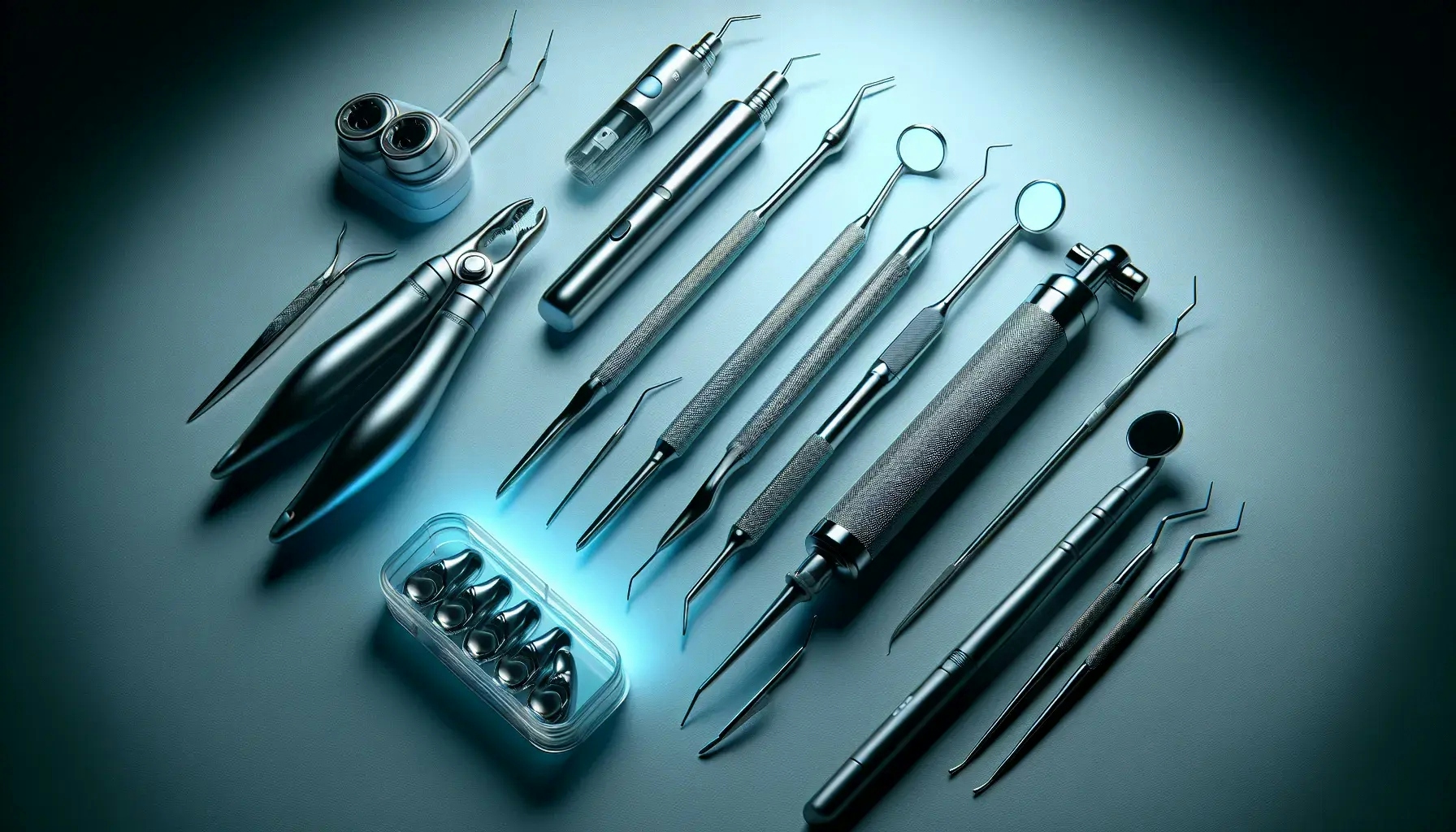Innovations in Dental Surgery
Dentist Magazine

Welcome to a journey through the cutting-edge advancements that are revolutionizing dental surgery. This blog post will take you through the latest innovations in the field, from groundbreaking techniques to state-of-the-art technologies. We will explore how these developments are enhancing patient comfort, improving surgical outcomes, and shaping the future of dental care.
The Rise of Digital Dentistry
The digital revolution has not spared the realm of dental surgery. Dental professionals are now leveraging technology to improve precision, reduce errors, and enhance patient experience. One such innovation is the use of digital impressions. Traditional dental impressions can be uncomfortable for patients and are prone to inaccuracies. Digital impressions, on the other hand, provide a more accurate and comfortable alternative.
Computer-aided design and computer-aided manufacturing (CAD/CAM) technology is another game-changer. It allows for the design and creation of dental restorations in a single appointment, eliminating the need for temporary restorations and multiple visits.
Moreover, 3D printing technology is making waves in dental surgery. It enables the production of accurate and customized dental prosthetics, orthodontic devices, and surgical guides. This technology not only improves the fit and function of these devices but also significantly reduces production time.
The Advent of Laser Dentistry
Laser technology is another innovation that is transforming dental surgery. Lasers can be used for a variety of dental procedures, including tooth decay removal, gum disease treatment, and teeth whitening. They offer several advantages over traditional methods, such as reduced pain, minimized bleeding, and faster healing times.
Additionally, lasers can be used for precise cutting of soft and hard tissues, eliminating the need for scalpels and drills. This results in less trauma to the tissues, leading to more comfortable post-operative recovery.
Furthermore, lasers have shown promise in the treatment of oral cancer. They can be used to remove cancerous tissues with high precision, reducing damage to surrounding healthy tissues.
The Emergence of Robotic Surgery
Robotic surgery is a groundbreaking innovation in the field of dental surgery. Robots can perform complex dental procedures with high precision and consistency. They can also access hard-to-reach areas in the mouth, which can be challenging for human hands.
Robotic-assisted dental implants are a prime example of this innovation. The robot can precisely place the implant, reducing the risk of complications and improving the success rate of the procedure.
Moreover, robotic surgery can significantly reduce the duration of the procedure and the recovery time. It also minimizes the risk of infection, as the robot can operate in a sterile environment.
The Impact of Artificial Intelligence
Artificial Intelligence (AI) is another innovation that is reshaping dental surgery. AI can analyze large amounts of data to predict outcomes, guide treatment planning, and even assist in performing procedures.
For instance, AI can analyze dental radiographs to detect early signs of oral diseases that may be missed by the human eye. It can also predict the success rate of dental implants based on patient data.
Moreover, AI can assist in performing dental procedures. For example, AI-powered robots can perform dental implant surgery with high precision and consistency.
The Role of Nanotechnology
Nanotechnology is a rapidly evolving field with significant potential in dental surgery. It involves the manipulation of materials at the molecular level to create new materials and devices with enhanced properties.
Nanomaterials can be used in dental restorations to improve their strength, durability, and aesthetic appearance. They can also be used in dental implants to enhance osseointegration, the process by which the implant fuses with the jawbone.
Furthermore, nanotechnology can be used to develop new drug delivery systems for the treatment of oral diseases. For instance, nanoparticles can be used to deliver drugs directly to the site of infection or inflammation, improving the effectiveness of the treatment and reducing side effects.
The Future of Dental Surgery
The future of dental surgery looks promising, with several exciting innovations on the horizon. One such innovation is the use of stem cells for dental tissue regeneration. This could potentially eliminate the need for artificial dental implants and revolutionize the treatment of oral diseases.
Another promising innovation is the development of smart dental implants. These implants could monitor oral health conditions and release drugs as needed, providing a proactive approach to oral health care.
Moreover, advancements in virtual reality and augmented reality could further enhance the precision and efficiency of dental procedures. These technologies could provide real-time guidance during procedures, improving outcomes and patient experience.
The Revolution in Dental Surgery: A Look Ahead
The landscape of dental surgery is undergoing a seismic shift, thanks to the rapid advancements in technology. Innovations such as digital dentistry, laser technology, robotic surgery, AI, and nanotechnology are not only enhancing the precision and efficiency of dental procedures but also improving patient comfort and outcomes. As we look to the future, we can expect even more groundbreaking innovations that will continue to transform dental surgery and redefine oral health care.